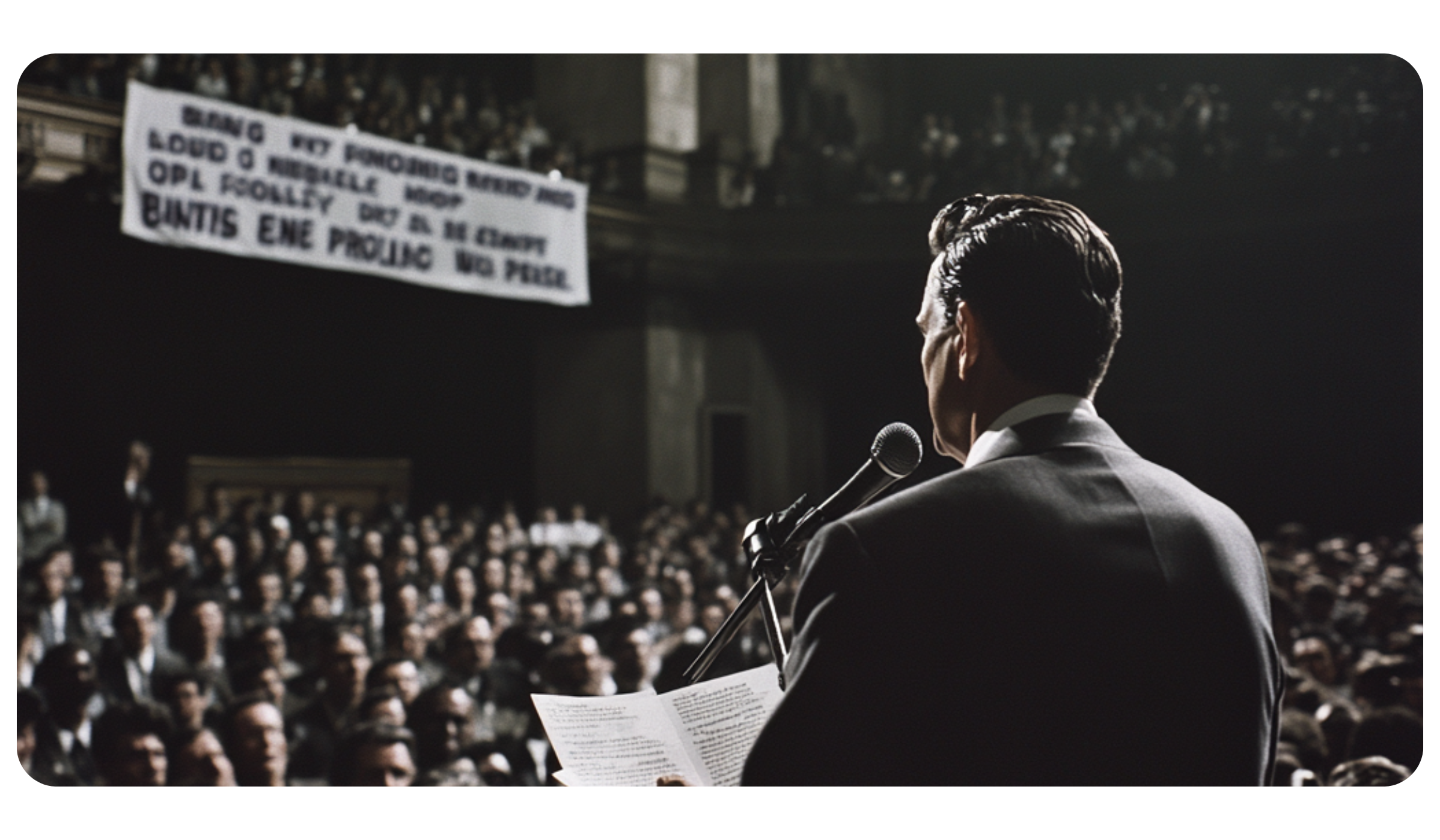The High Cost of Poor Public Communication
Three pillars of effective public communication and some examples to explore. Andrea Sorensen
Three pillars of effective public communication and some examples to explore. Andrea Sorensen

In times of crisis, clarity saves lives. In times of stability, it builds trust. History is rife with excellent (and problematic) examples of communication dissemination; from public health, to propaganda, and flood warnings to environmental awareness.
We’re learning as we go. We know poor messaging leads to confusion, skepticism, and resistance. We also know strong messaging creates understanding, trust, and action. The difference isn’t subtle—it’s measurable.
Let’s examine two case studies.
When the COVID-19 pandemic first emerged, governments worldwide scrambled to communicate with the public. Unfortunately, the messages were often inconsistent, contradictory, and confusing.
Consider the guidance on masks. In the first months of the pandemic, health officials in the U.S. and UK initially discouraged mask-wearing, citing concerns about supply shortages and a lack of evidence. Only later did the guidance shift, advising that masks were, in fact, crucial to slowing the spread.
This kind of backtracking had consequences:
So, what’s the lesson here? Clarity, transparency, and consistency are non-negotiable in public messaging. If guidance must change due to new evidence, that shift should be clearly explained—not hidden or glossed over.
Contrast this with the UK’s long-term public health approach to smoking. Over the past several decades, the UK has steadily reduced smoking rates through a data-driven, clear, and persistent communication strategy.
What worked?
The results speak for themselves: Since 1974, the percentage of adult smokers in the UK has dropped from 45% to just 13.3% as of 2023. This was not accidental, and it wasn’t luck. It was the product of a well-structured, evidence-based communication strategy.
So, what separates a failed campaign from a successful one? Three key factors:
Public communication isn’t just about information. It’s about trust, behavior change, and long-term impact. When done well, it can transform public health, safety, and policy. When done poorly, it can cost lives.
What public communication campaigns have stood out to you—either for their effectiveness or their failures? Let’s discuss.
Viiision Is The Smarter Way to Connect. Viiision is a patented QR code platform that delivers real-time, multilingual, and secure engagement— without ads, competition, or distractions. Its the look and feel of an app, without the download. One scan. Instant connection.